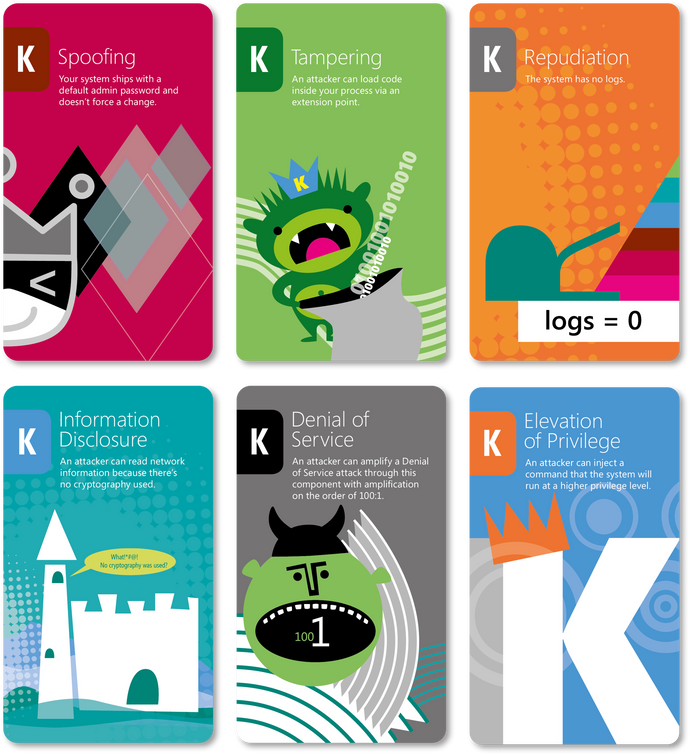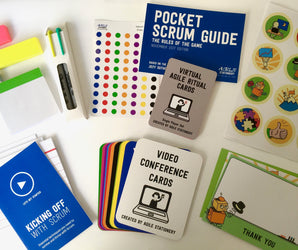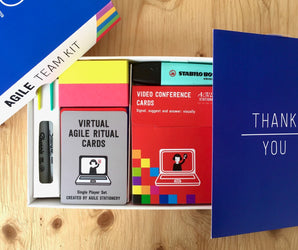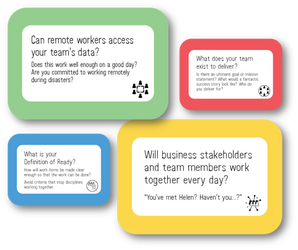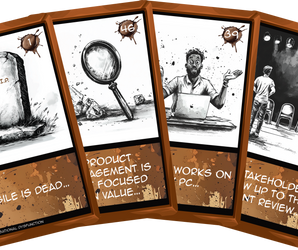A key reason Elevation of Privilege was designed as a box of cards was because "as a physical item it draws attention, and allows people to point at it in ways that are potentially awkward with a screen." (source:EoP Whitepaper by Adam Shostack). This remains important even as we work remotely. The deck serves as a constant reminder to threat model. It acts as a compact reference even for years - like a well thumbed thesaurus!
We also believe that physical decks extend player engagement with the material, compared to the short-term use of online tools (usually an hour or two). The player’s interaction with the deck occurs over multiple stages: receiving the deck, getting their hand, preparing for the game, and playing via a video call. This repeated engagement keeps the game in the player’s mind, even when they’re not actively playing.
There is also an optional rule that allows players to trade cards mid-game, which encourages collaboration and helps uncover threats that may have been missed. Encouraging players to familiarize themselves with the deck before playing helps facilitate trades, deeper gameplay, and offers a richer, longer-lasting interaction.




